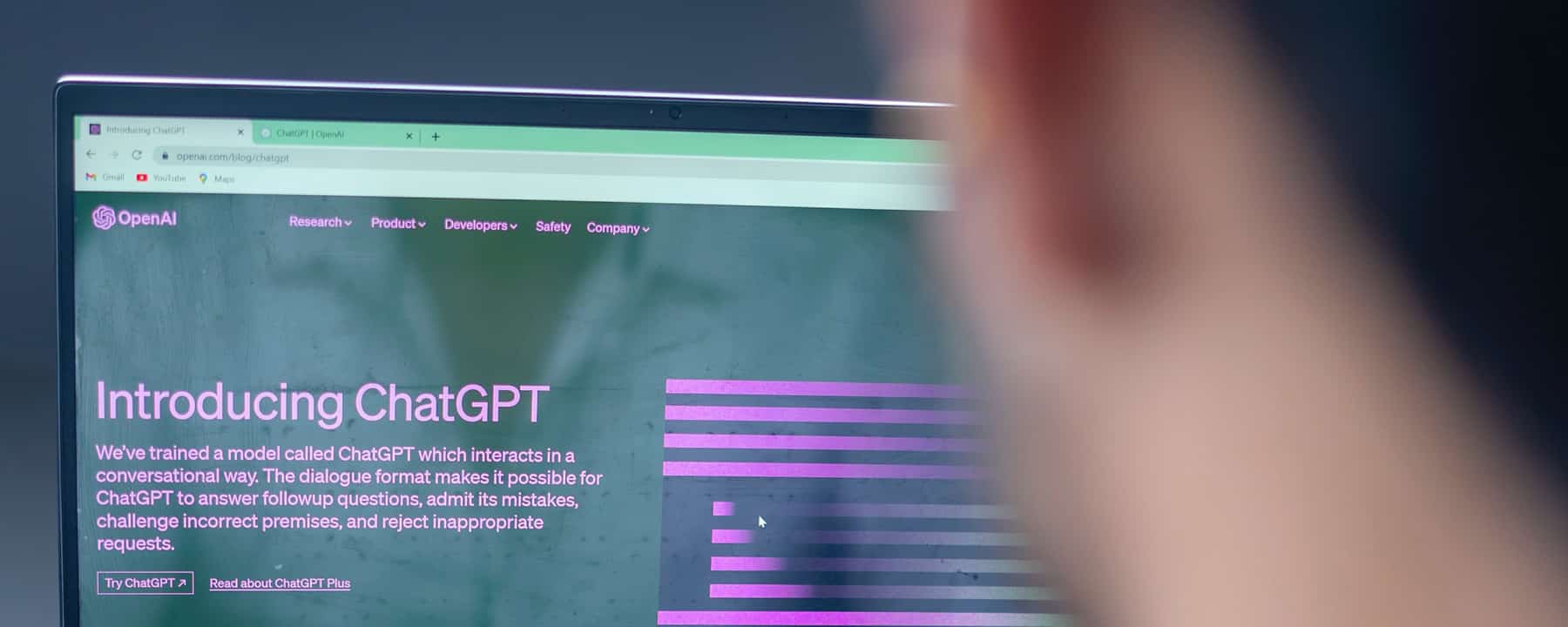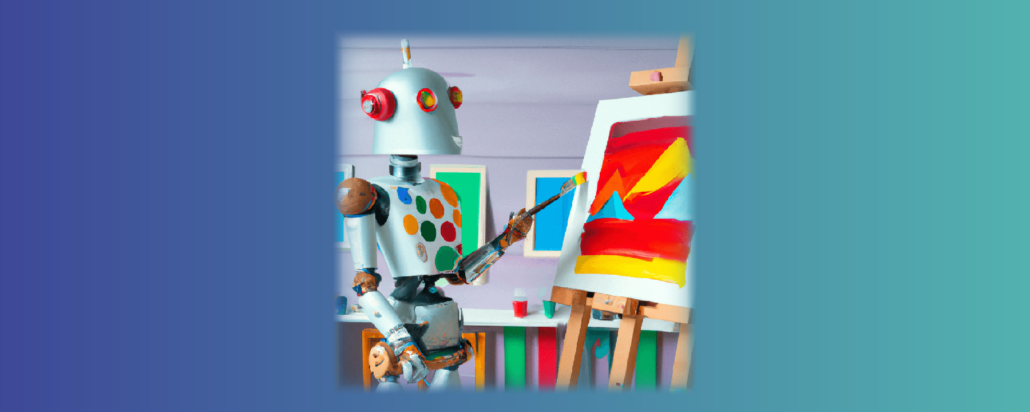In the future, ChatGPT can certainly be integrated in such a way that requests for specific media content are processed automatically. After all, ChatGPT can not only generate linguistically high-quality responses, but could, for instance, also be used to:
-
- initiate a targeted media search
- compile a media selection
- send updates on media content
Always provided that the media stock has textual metadata. Image recognition is namely not ChatGPT’s thing.
In addition, ChatGPT could help making existing knowledge bases more accessible to users, for example, by automatically answering technical questions or providing guidance on media management or use.

 https://www.teamnext.de/wp-content/uploads/2023/05/versteckte-kosten-mangelhafter-medienverwaltung.jpg
720
1800
Björn Buxbaum-Conradi
https://www.teamnext.de/wp-content/uploads/2022/03/teamnext-mediahub-logo-bunt.svg
Björn Buxbaum-Conradi2023-05-16 10:19:332024-08-15 13:37:23The hidden costs of inadequate media management
https://www.teamnext.de/wp-content/uploads/2023/05/versteckte-kosten-mangelhafter-medienverwaltung.jpg
720
1800
Björn Buxbaum-Conradi
https://www.teamnext.de/wp-content/uploads/2022/03/teamnext-mediahub-logo-bunt.svg
Björn Buxbaum-Conradi2023-05-16 10:19:332024-08-15 13:37:23The hidden costs of inadequate media management

